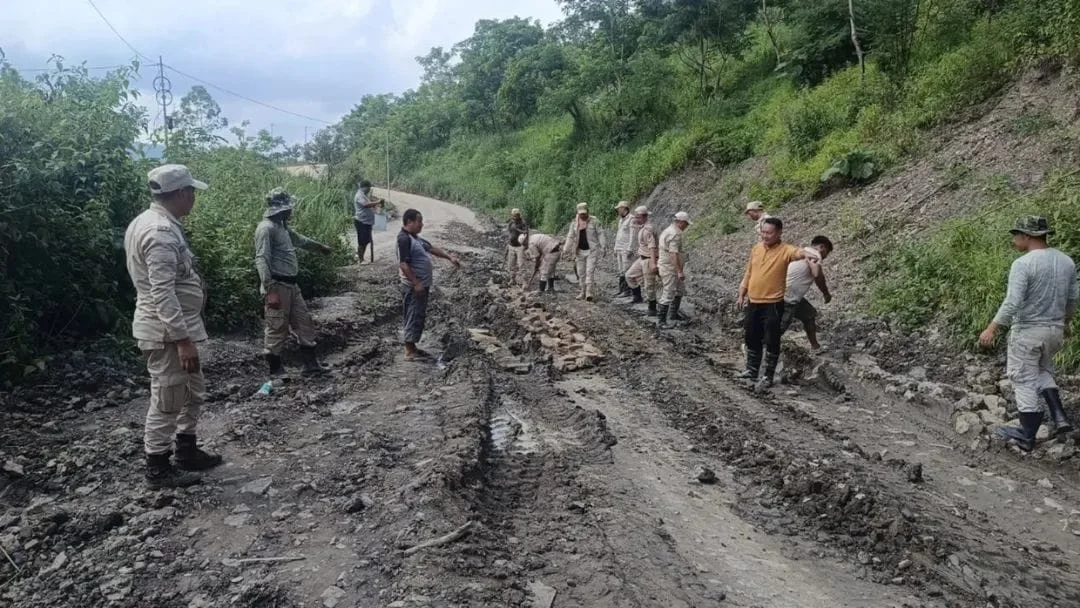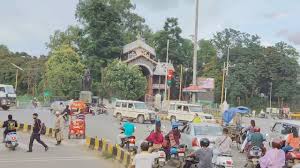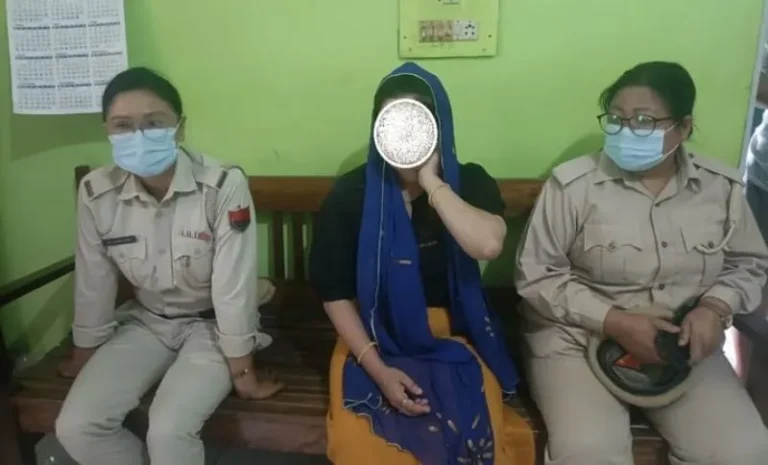Manipur Police Undertake Civic Action To Repair Chakabama-Senapati Bypass Road
Summary of the News Article
On July 17, 2025, the Manipur Police, collaborating with the Drivers Union Senapati, stepped in for a civic action project to repair the Chakabama–Senapati bypass road. The stretch, connecting Chakabama (Nagaland) to Martyr’s Park in Senapati, had become severely damaged, stranding vehicles and causing major disruptions. Police crews patched the road, restored traffic flow, and also offered essential support—like snacks and drinking water—to stranded drivers. The initiative won praise from both locals and transporters for its community-first approach.
1. Introduction: When the Police Become Roadside Heroes
Have you ever been stuck on a busted road and wondered, “Why isn’t anyone fixing this?” Now imagine the very people we rely on for law enforcement picking up shovels and tar. That’s the story unfolding in Senapati, Manipur, where the police stepped in—not to arrest, but to repair a crumbling bypass road between Chakabama and Martyr’s Park.
Let’s slow down, roll up our sleeves, and dig deep into why this isn’t just a road patch. It’s a story about community spirit, unconventional policing, and the power of local action.
2. The Situation: A Stretch that Broke Everyone’s Patience
2.1 A Vital Lifeline
This Chakabama–Senapati bypass connects Nagaland to Manipur’s hill districts. Trucks, buses, private vehicles—it’s a lifeline for traders, farmers, commuters, and emergency services alike.
2.2 When the Road Broke Down
Months of rain and traffic had caused deep potholes, collapsed shoulders, and mud pits so bad they swallowed wheels. Vehicles were getting stuck, schedules unraveled, and people were frustrated.
2.3 Stranded, Stuck, and Suffering
Drivers reported being stuck for hours. Heavy trucks spun their wheels. Pregnant women on board ambulances trembled with fear. And worse—there was no fix in sight. Until, that is, Manipur Police decided to take the wheel.
3. Police Step In: Civic Action Reimagined
3.1 What Exactly Happened
On July 17, police officers, assisted by the Drivers Union Senapati, got down to work:
- Filling potholes with gravel, sand, and asphalt
- Levelling sunken stretches
- Clearing mud and debris
- Ensuring the road was stable enough for buses and trucks to pass
3.2 More Than Broken Tarmac
They didn’t just fix the road—they fixed spirits. The team handed out:
- Drinking water
- Snacks
- Blankets to tired drivers
A small gesture, but it spoke volumes about empathy in action.
Looking Ahead: What Residents Should Watch For
Permanent Road Works
Citizens should push local govt and PWD for resurfacing, drainage, guardrails, and proper signage.
Regular Civic Drives
Why not monthly maintenance events—clear drains, fill small holes—led by police and locals?
Monitoring Committees
Small village-level monitoring panels can report via WhatsApp groups to district offices and police liaison units.
Scaling the Model
If this works here, why not in Churachandpur, Tamenglong, and other hilly districts?
FAQs: Quick Answers to Frequently Asked Questions
1. Why did the police repair a road instead of PWD?
Because the broken road threatened public safety and transport continuity. Police acted swiftly to fill the gap before PWD could mobilize heavy machinery.
2. Are such civic actions common in Manipur?
Not routine—but such instances are increasing, especially after natural disasters or critical community shortfalls.
3. Was this a one-off or a new model?
This could be a pilot. If authorities monitor outcomes well—like fewer accidents and smoother trade—it may evolve into regular civic initiatives.
4. How can citizens push for permanent repairs?
Register complaints via PWD portals, campaign through social media, pressure local MLAs, and form citizen groups to monitor road conditions.
5. Did this break any rules?
Nope. Police civic action is allowed under community policing mandates. They used existing resources and collaborated with local unions responsibly.






